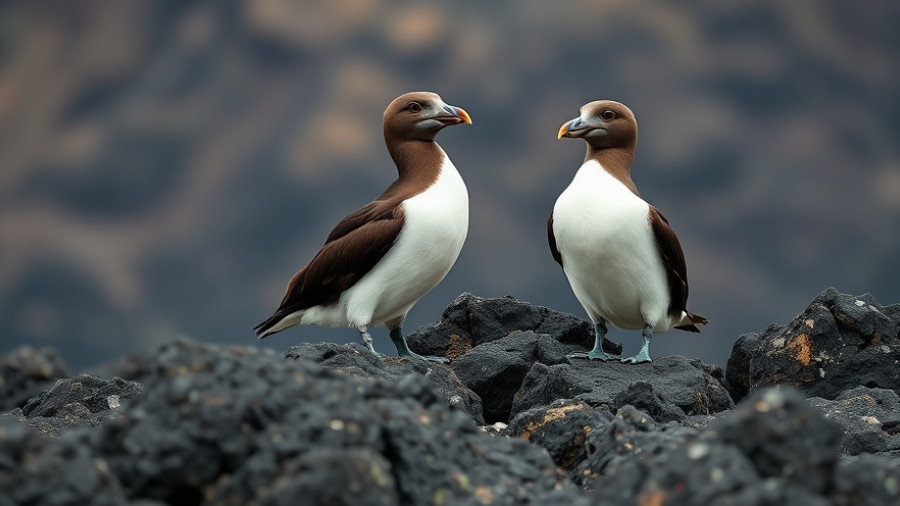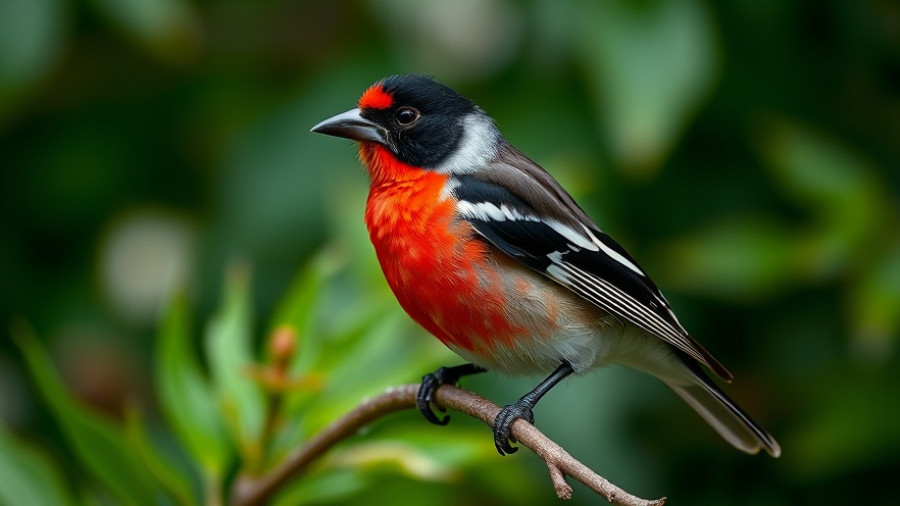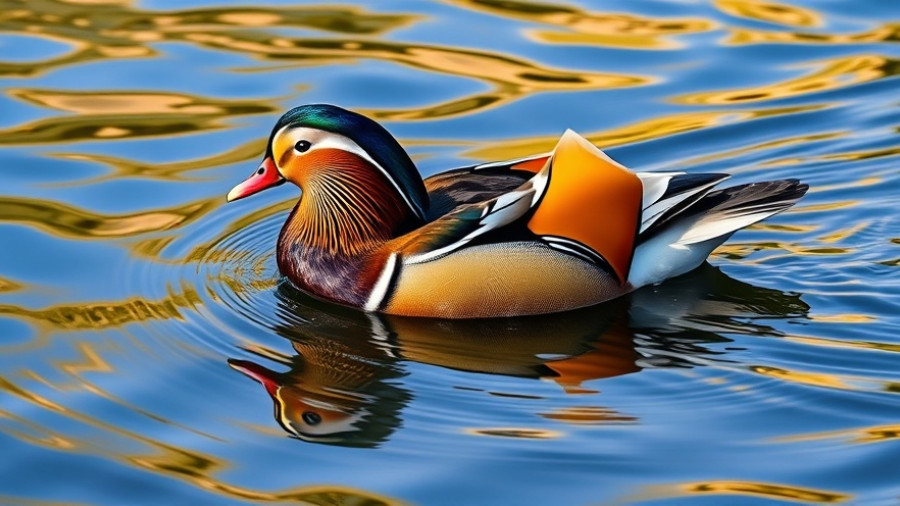
Why Your Eggshells Matter for Birds
As spring approaches, many of us delight in observing nature’s vibrant displays, including the nesting season of birds. Female birds, such as the American Robin, require substantial amounts of calcium to form their eggs—a necessity they often struggle to fulfill in the wild. However, by recycling your used eggshells, you can directly contribute to the health of these nesting birds and their future generations.
Simple Steps to Support Your Local Birds
One effective way to help these birds is by incorporating crushed eggshells into their diet. Here’s a simple process: Start by rinsing your eggshells thoroughly to remove any leftover egg material. Once cleaned, bake them in the oven at a low temperature of 250 degrees Fahrenheit for about ten minutes. This step not only sterilizes the shells but also makes them easier to crush.
After cooling, you can crush the shells into fine pieces. Mix these crushed shells with birdseed in your feeders, or scatter them on the ground in your yard. This simple act can significantly help birds like robins that do not typically consume seeds or suet but require calcium-rich diets during nesting.
The Joy of Birdwatching and Conservation
Engaging in this practice not only aids local wildlife but also provides an immense joy in birdwatching. As you create a habitat friendly to nesting birds, you're contributing to the ecological balance and the well-being of your local environment. Observing birds thrive in your backyard can bring a sense of pride and connection to nature.
Join the Movement to Protect Avian Life
In a world where natural habitats are shrinking due to urban development, every little action counts. By recycling your eggshells, you’re taking part in a broader conservation effort that recognizes the interconnectedness of all living things. Let’s champion sustainable practices that pave the way for healthier ecosystems where birds can flourish.
Encouraging friends and family to adopt this simple act of recycling can amplify your efforts. The more we share knowledge about how to support our local wildlife, the greater the impact we can have. As we celebrate nature’s wonders, let’s remember that simple actions can inspire meaningful change.
 Add Row
Add Row  Add
Add 




Write A Comment